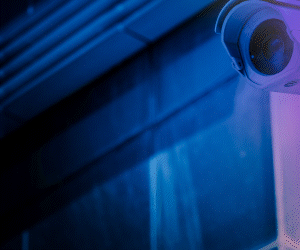The Edge Better Protects Biometric Data
Cameras have typically collected face recognition data and stored it on servers, but today, devices such as Honeywell’s 70 Series video surveillance cameras incorporate face recognition chips that process data at the edge, Montgomery says.
“Instead of a hefty, robust machine to process video at some data or network center, now it can be done with a small laptop,” he says.
Performing processing at the edge in cameras reduces total cost of ownership by 30 percent, Montgomery says.
“The more cameras you put in, the more network infrastructure you’ll need,” he says. “Having edge processing means a significant cost savings.”
A mapping process in biometrics allows universities to store a geometric map of biometric data rather than an actual image, Mechler says.
“They don’t store a picture of your face or a picture of your finger,” he says. “They map it.”
READ MORE: How is higher education preparing for quantum computing?
Campus IT then discards the images and stores the maps.
“That does two things: That’s a lot less storage, but, more important, your face or your finger cannot be re-created from the map,” Mechler says.
As students enter residence halls, their badges get scanned along with biometrics such as their faces or palms. A campus network collects data points and vectors that turn into a mathematical equation rather than a face, Montgomery says.
“Each individual’s face is a separate mathematical equation, and it’s stored in that manner,” he says. “It can’t be re-engineered into a face. You just have a bunch of ones and zeros.”
Users can also use the face and fingerprint recognition capabilities on their mobile phones to unlock doors, Mechler says.
“The building access control system has what’s called a mobile credential feature,” he says. “And it allows someone to use their phone as a credential. Typically, it will be a Bluetooth reader or near-field reader in the reader.”













